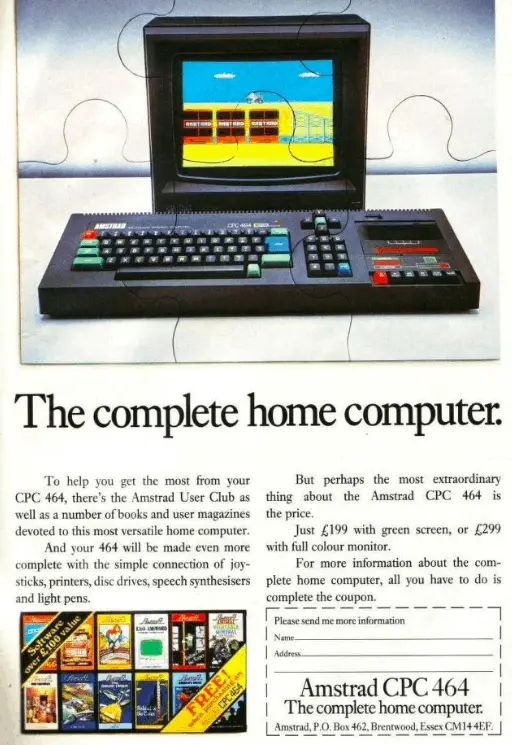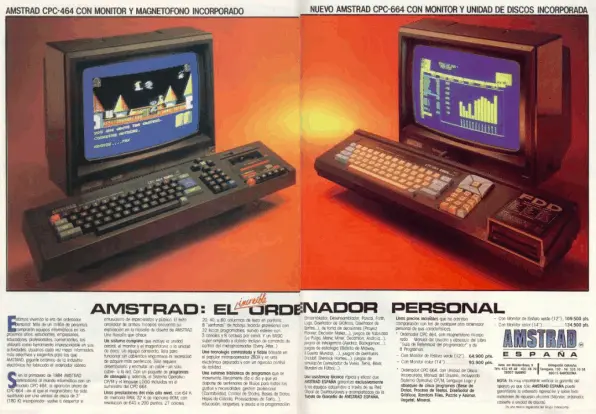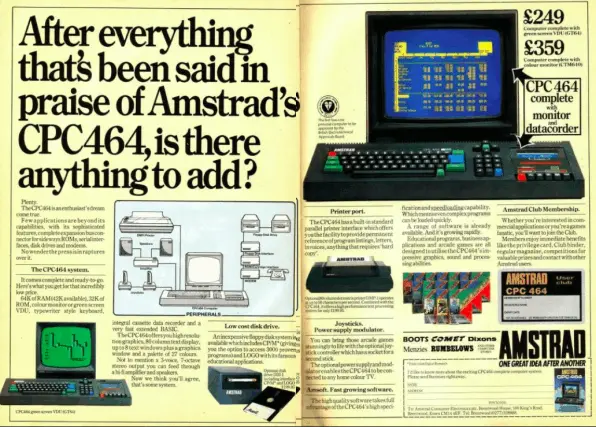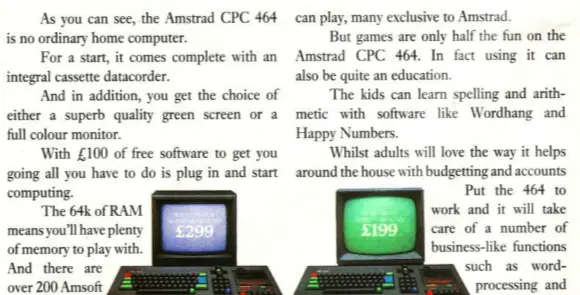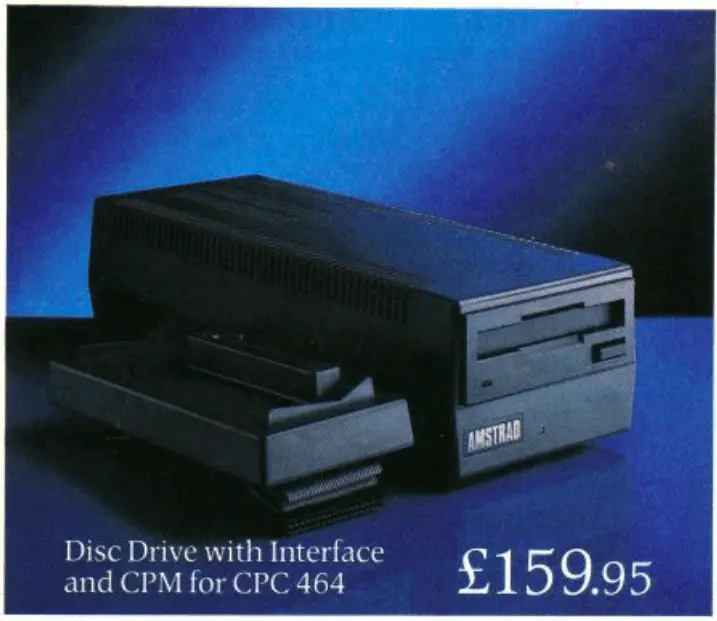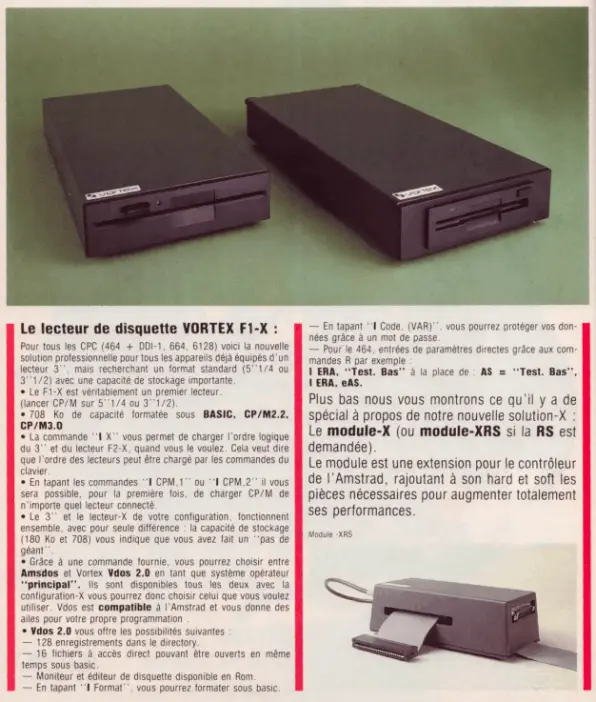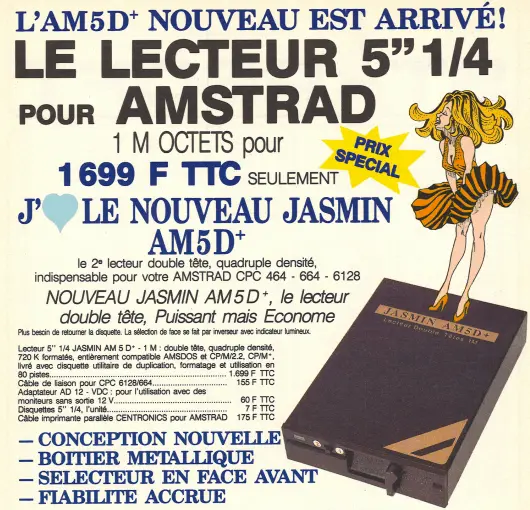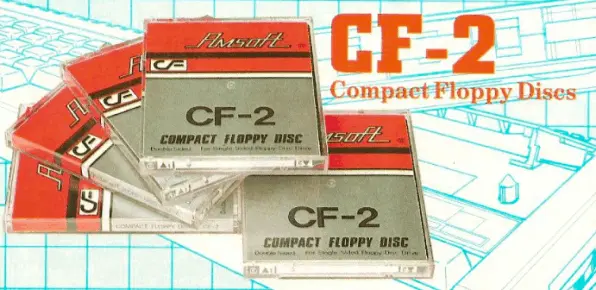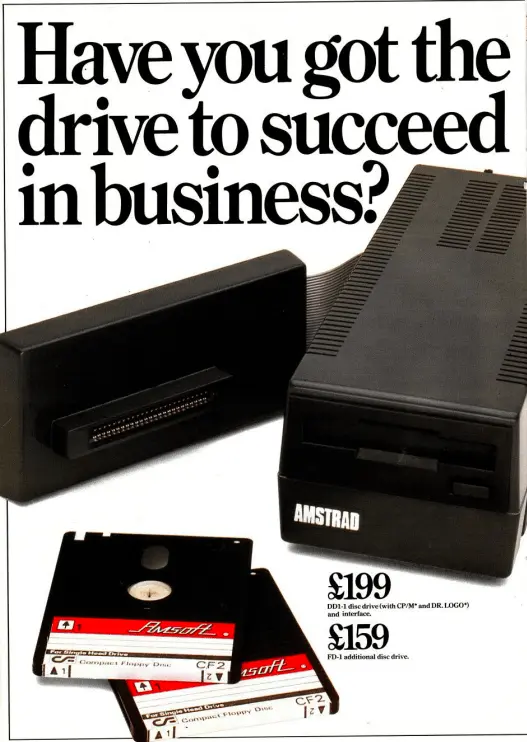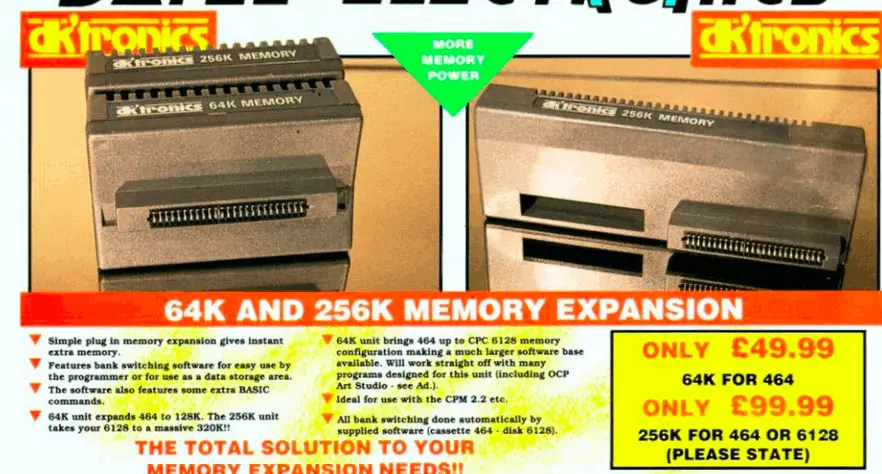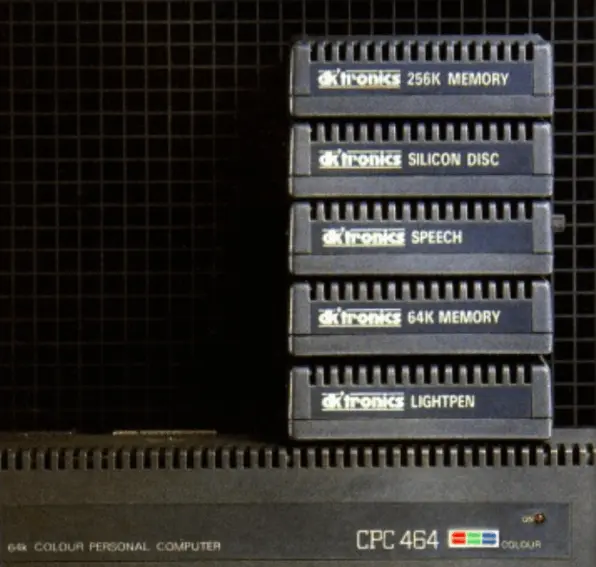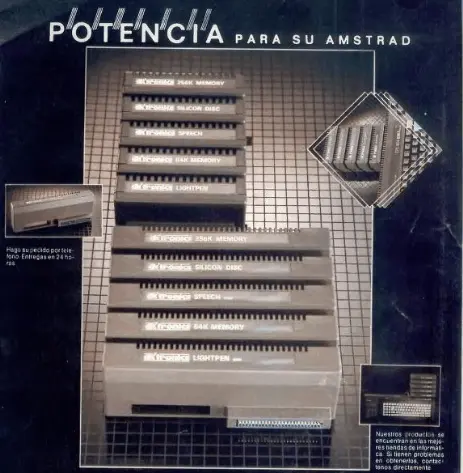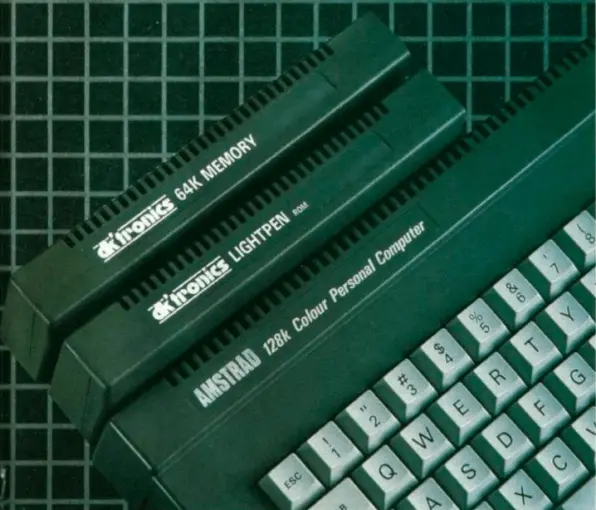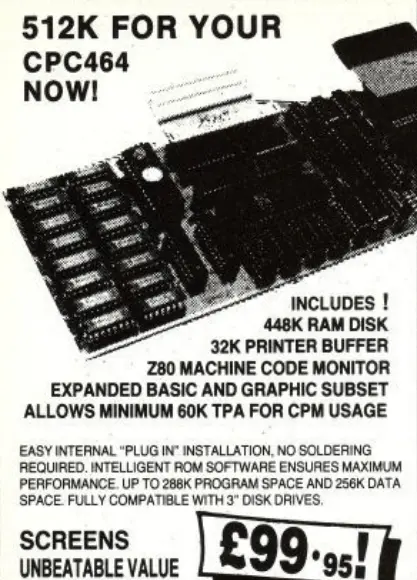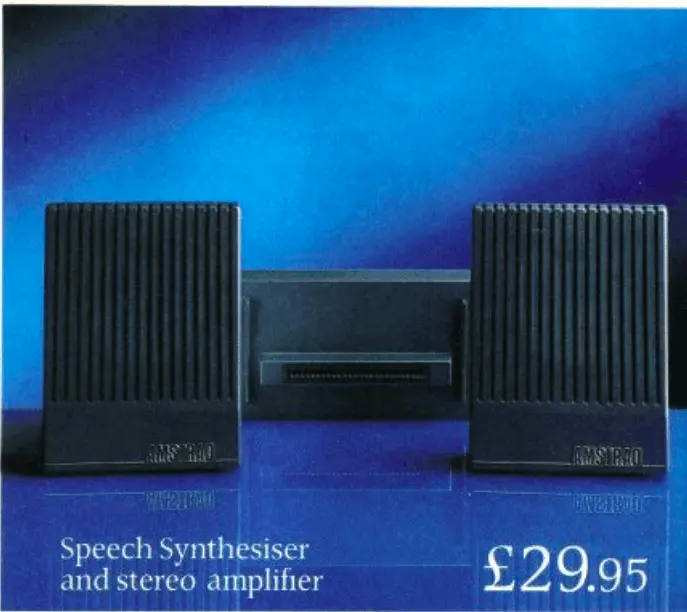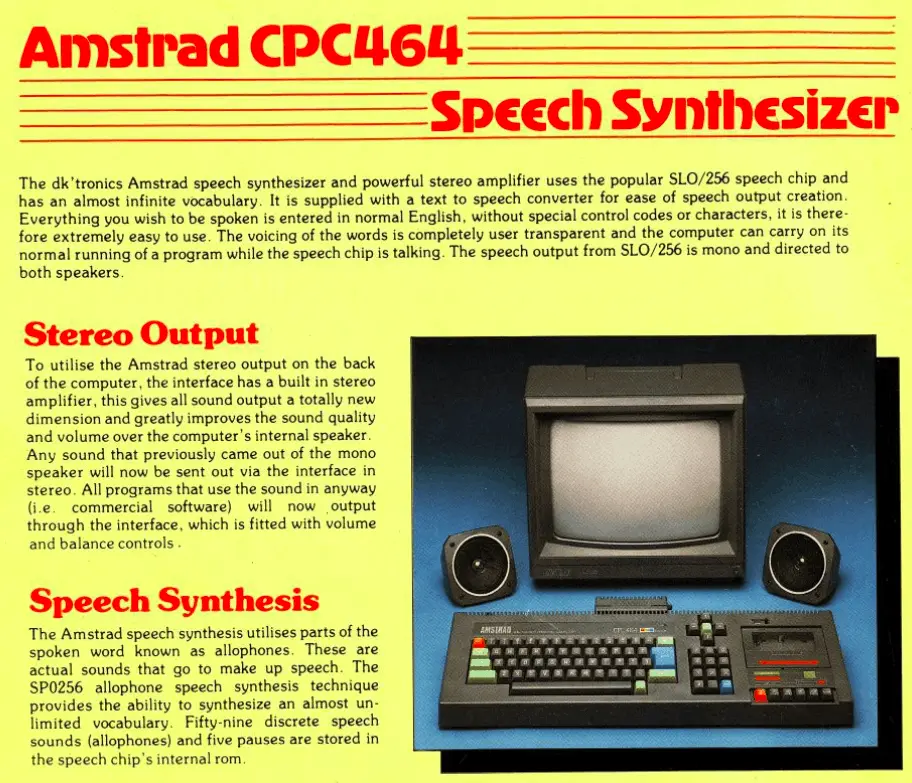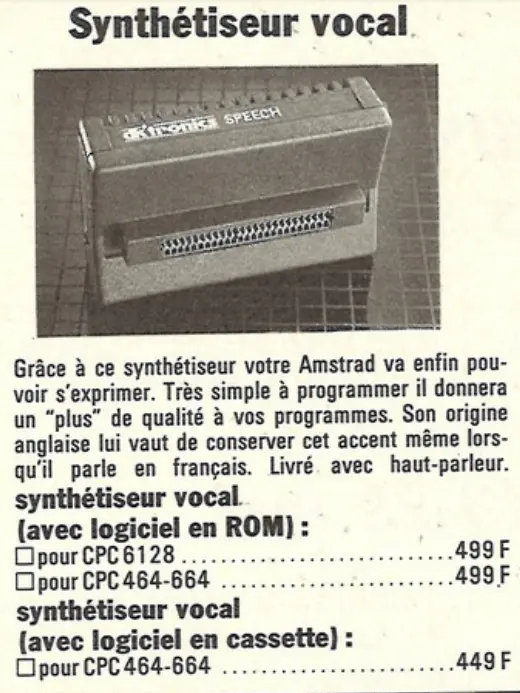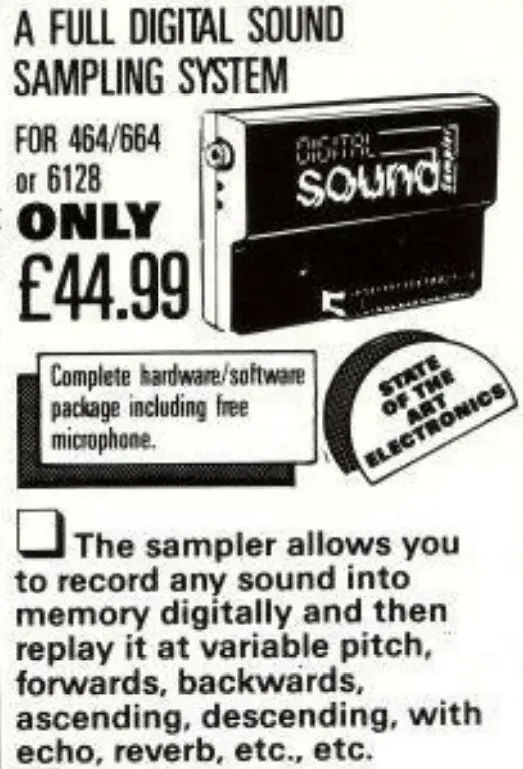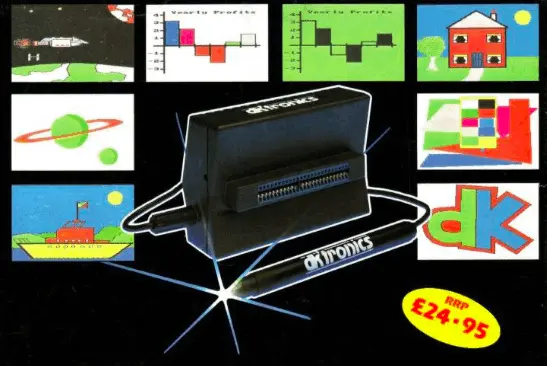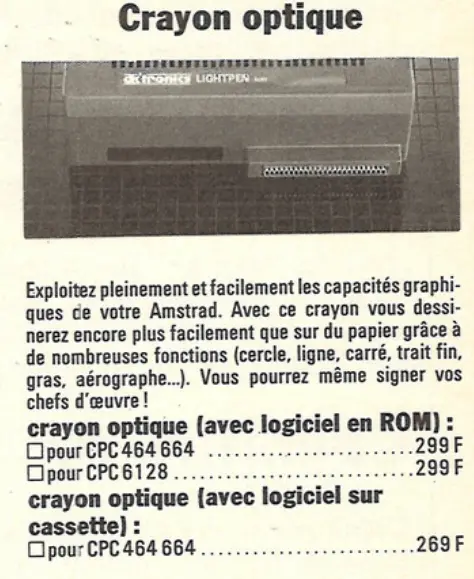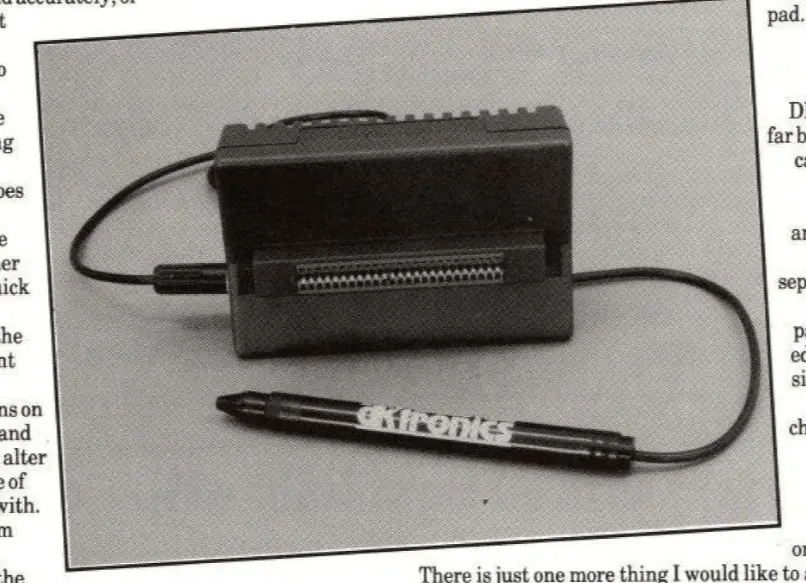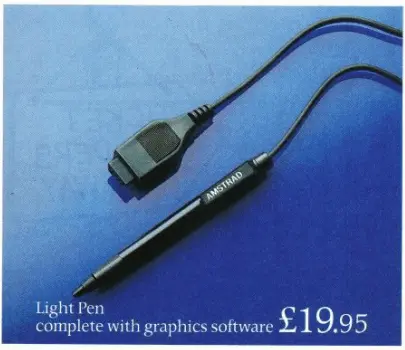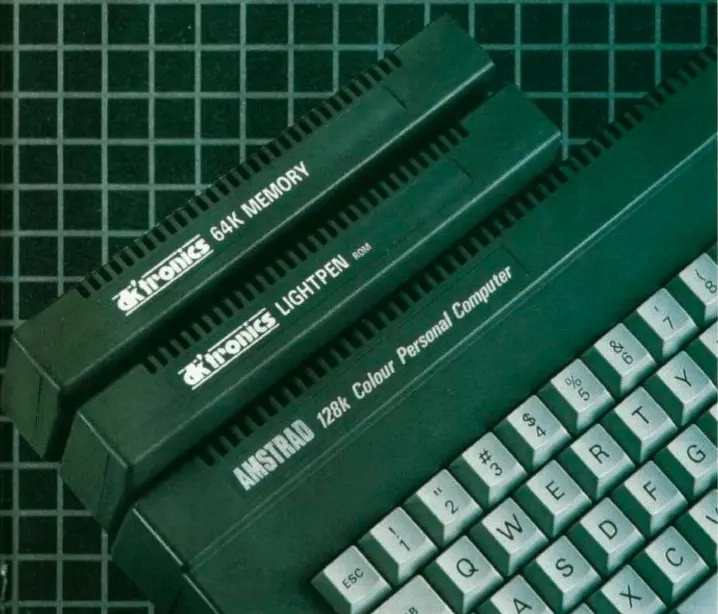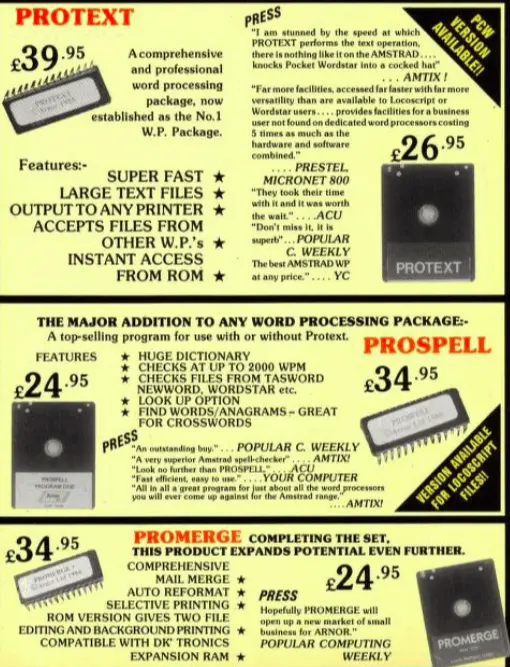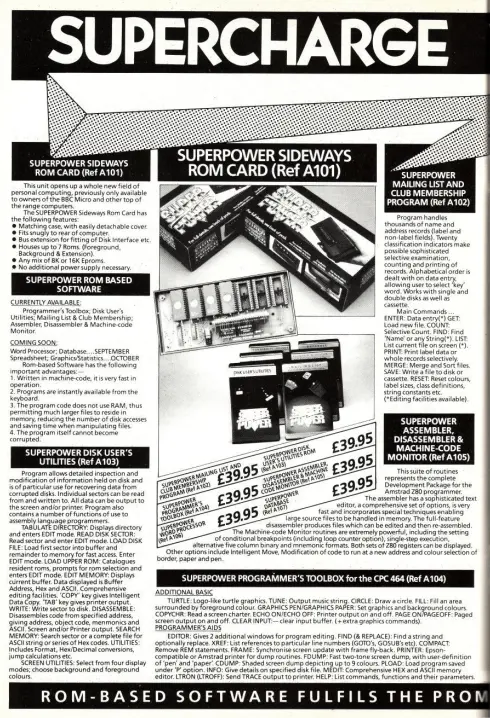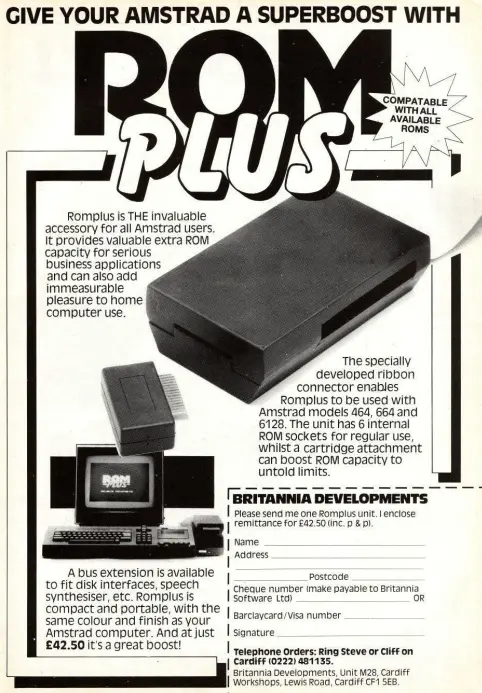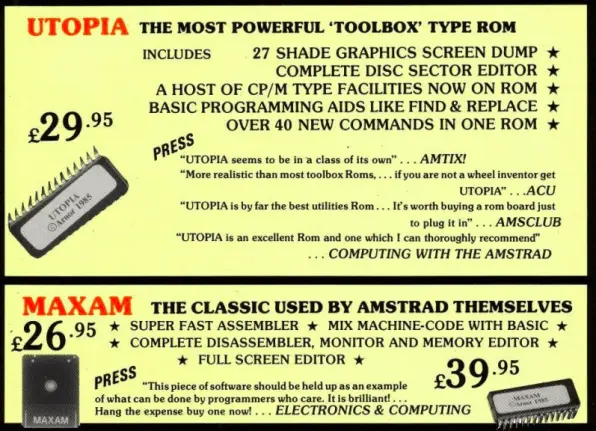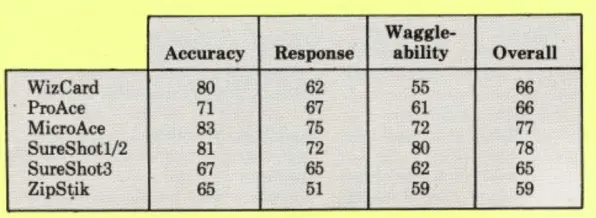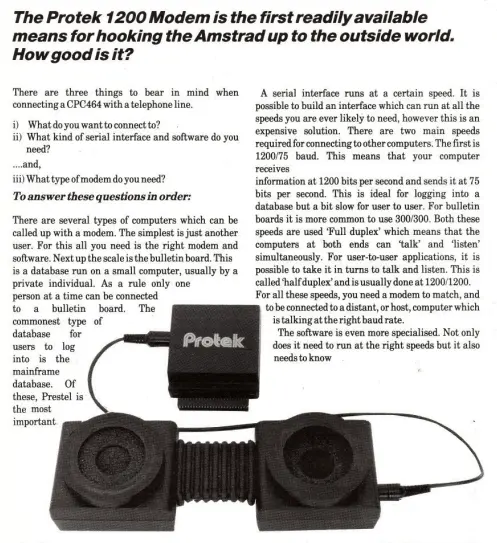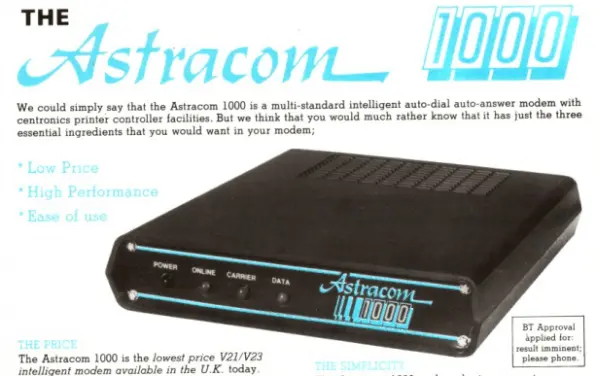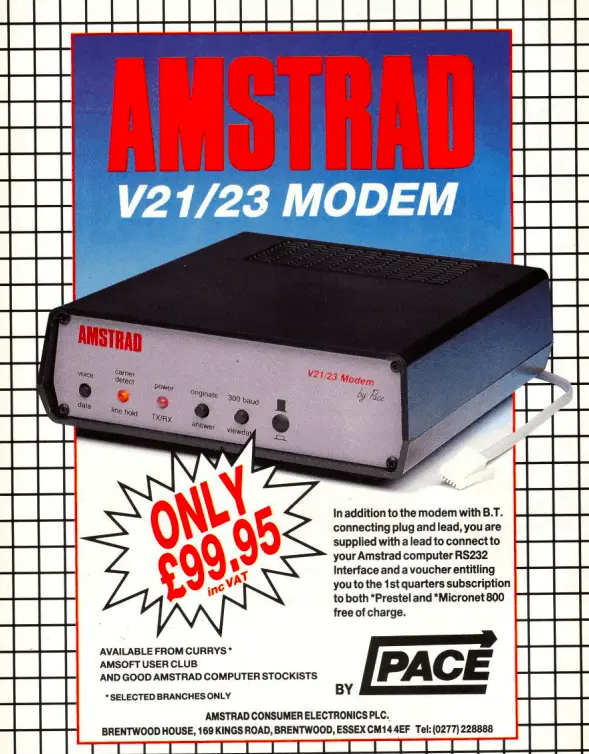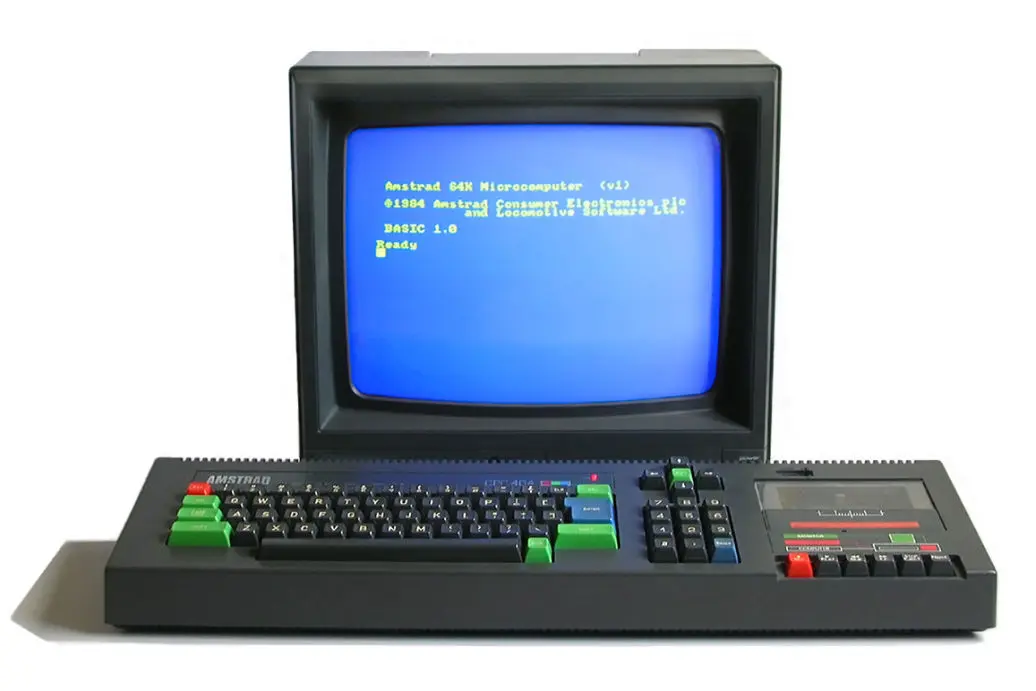
The world of the CPC-464
This computer looked so good, it made you look good, and smart. Seriously, think about the Apple II, the C64, even the IBM PC XT. They do not even come close. It looked like it was a prop from Star Trek mixed with the control panel of a nuclear submarine. At that tape deck, yes it was just a tape deck, but looked like a part of the cockpit of a 747. Plus, it was designed to be easy to connect, with a minimal number of cables.
But this baby was not just all looks and ease. When you compare it to other computers of the time, this machine gave you the biggest bang for the buck. In the UK, the monochrome package started at £199, and £299 for the color package. Yes, that would be the computer and monitor. And with 64K, and similar resolution, color, and sound as the Commodore 64, this is a worthy competitor. Sadly, the US did not get to see a lot of the Amstrad CPC 464, as the computer was popular mostly in Europe. Truth is, it came out in 1984, so it was a couple of years late to compete with the C64, and the Amiga was right around the corner.
Nevertheless, it was a great value. For £199 or £299, which ever option you choose, you ended up with a computer that was fully capable and ready to use, no need for cables, adaptors, or using your TV, cassette tape deck, or any other accessory. This was a full stand-alone unit. Plus, Amstrad included software in the package. And there was enough software in the market to keep you busy for a while.
Want to learn more about other 8-bit computers? Follow this link.
